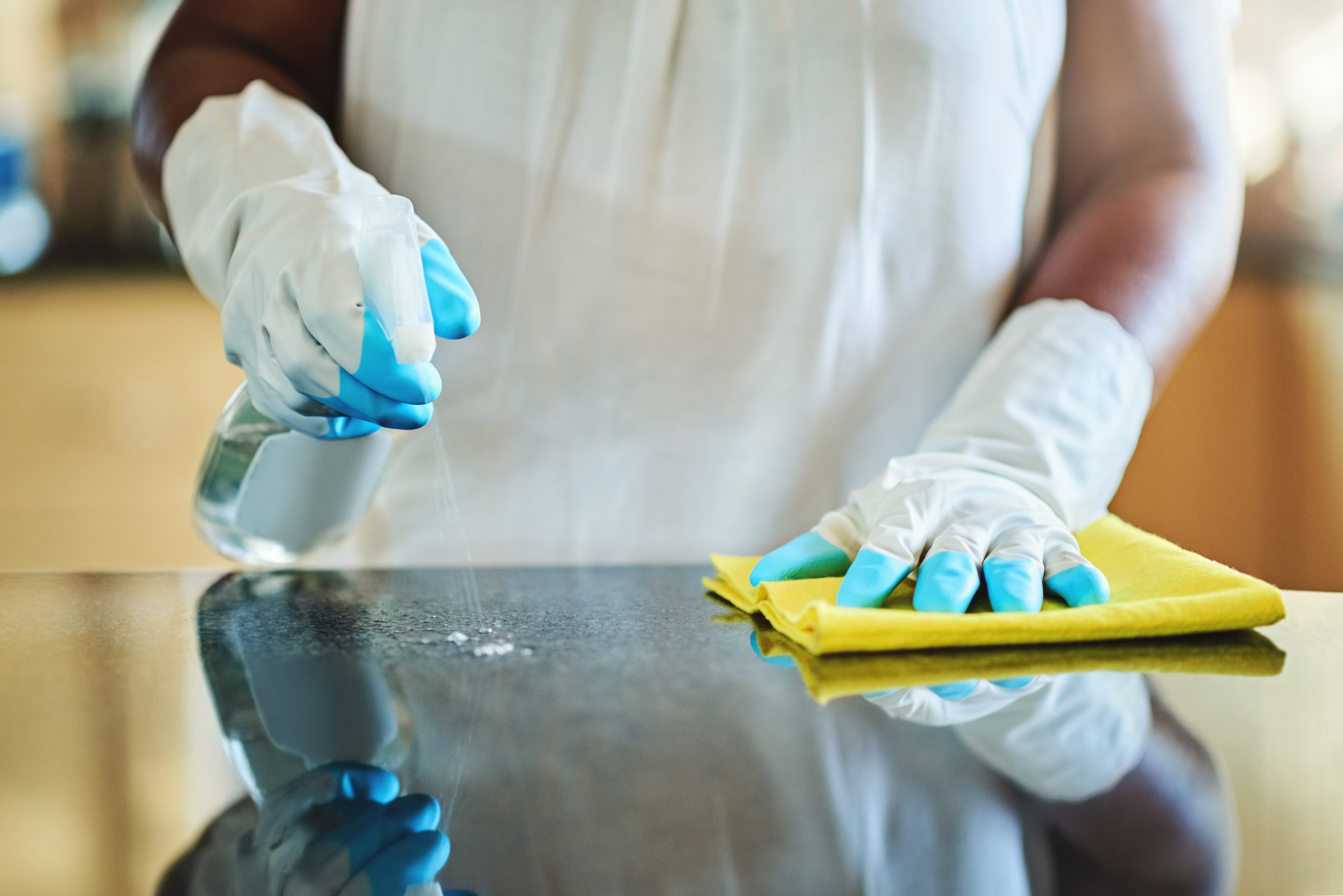
Sanitizing your house
Before you get started cleaning the house to reduce the spread of germs, be sure you know what will work to get rid of germs. Hand sanitizer isn’t always effective for every illness, but a bleach-based cleaner typically does a good job at killing germs.
In a hurry? You’ll definitely appreciate these cleaning shortcuts!
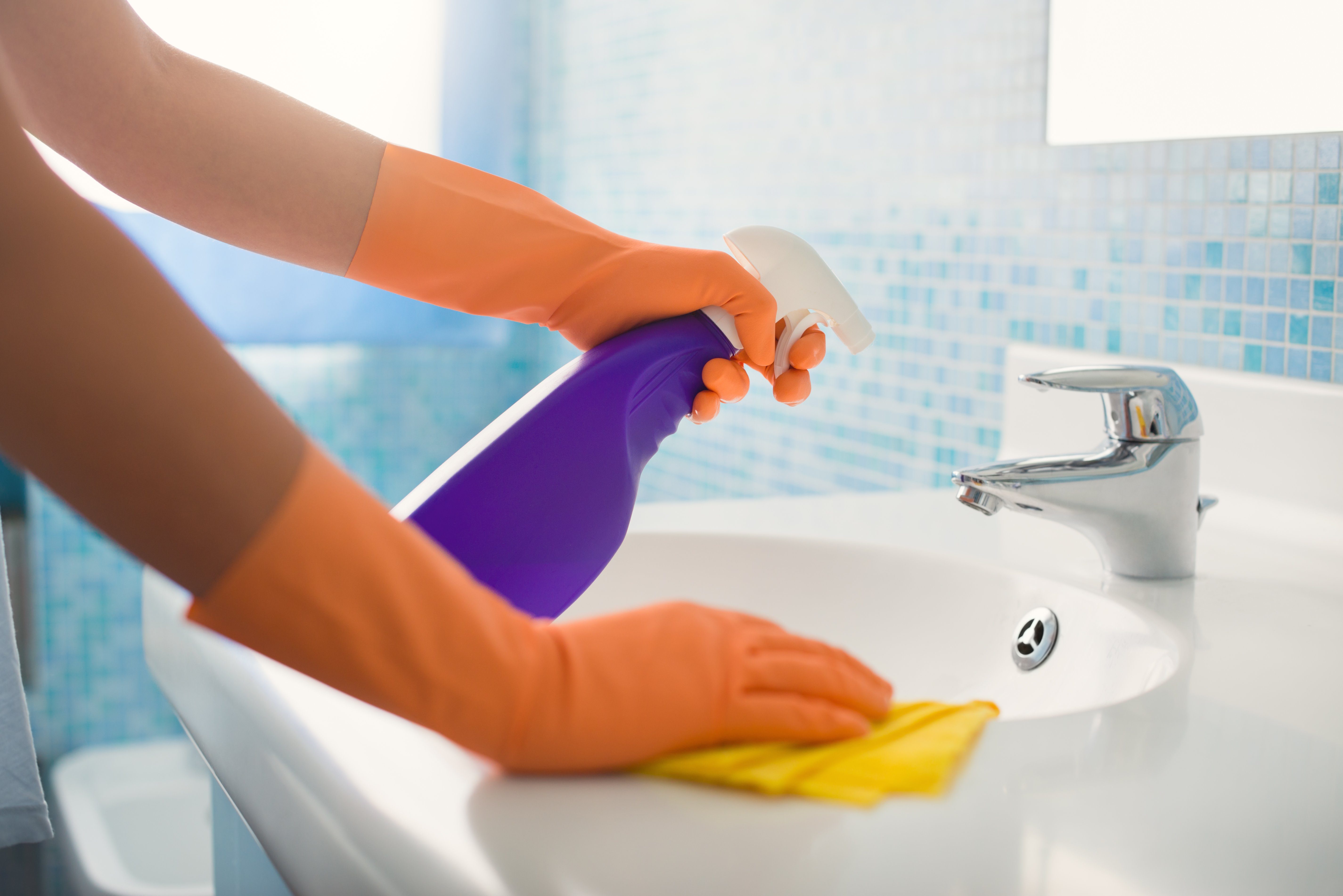
Cleaning tips to not spread germs
Learn the areas or things people touch the most in your home. These are things like handles, faucets, toilet handles, railings, and other frequently used items. Bacteria and viruses can live on surfaces for days and even weeks.
Here are the home items you should be cleaning every month.
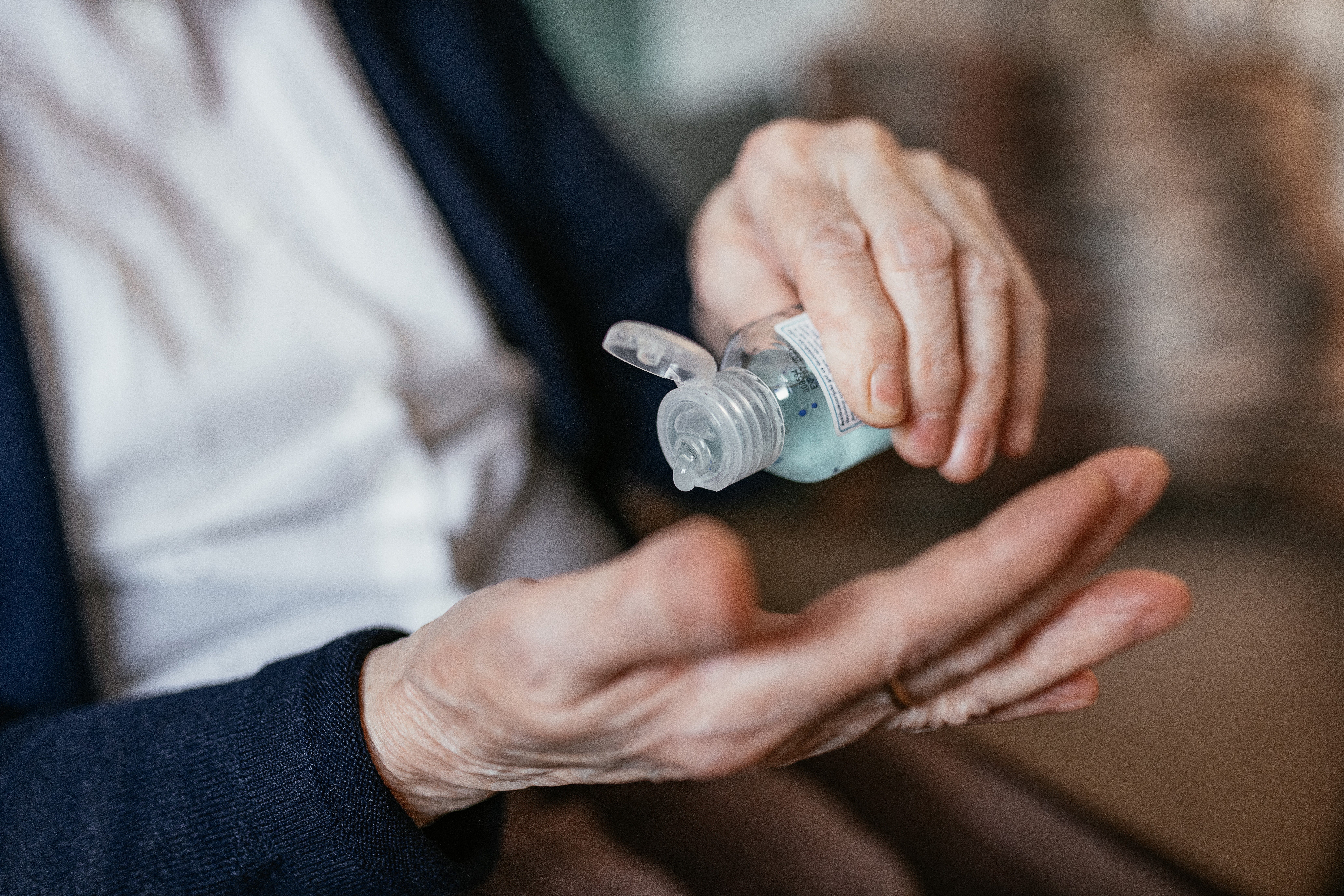
Limit the spread of germs
As mentioned before, hand sanitizer can help, but it’s only one tool to combat germs. Wash bedding in hot water and wipe down other items with a bleach-based cleaner. Paper towels are better for disinfecting surfaces than sponges, which will spread germs more.
Don’t miss these quick spring cleaning tasks!

Keep air moving
You don’t want the air to become stale in the house when someone is sick because it will keep germs in the house longer. Open the windows just long enough to get some fresh air to circulate.
This nifty trick will humidify your home—without a humidifier.
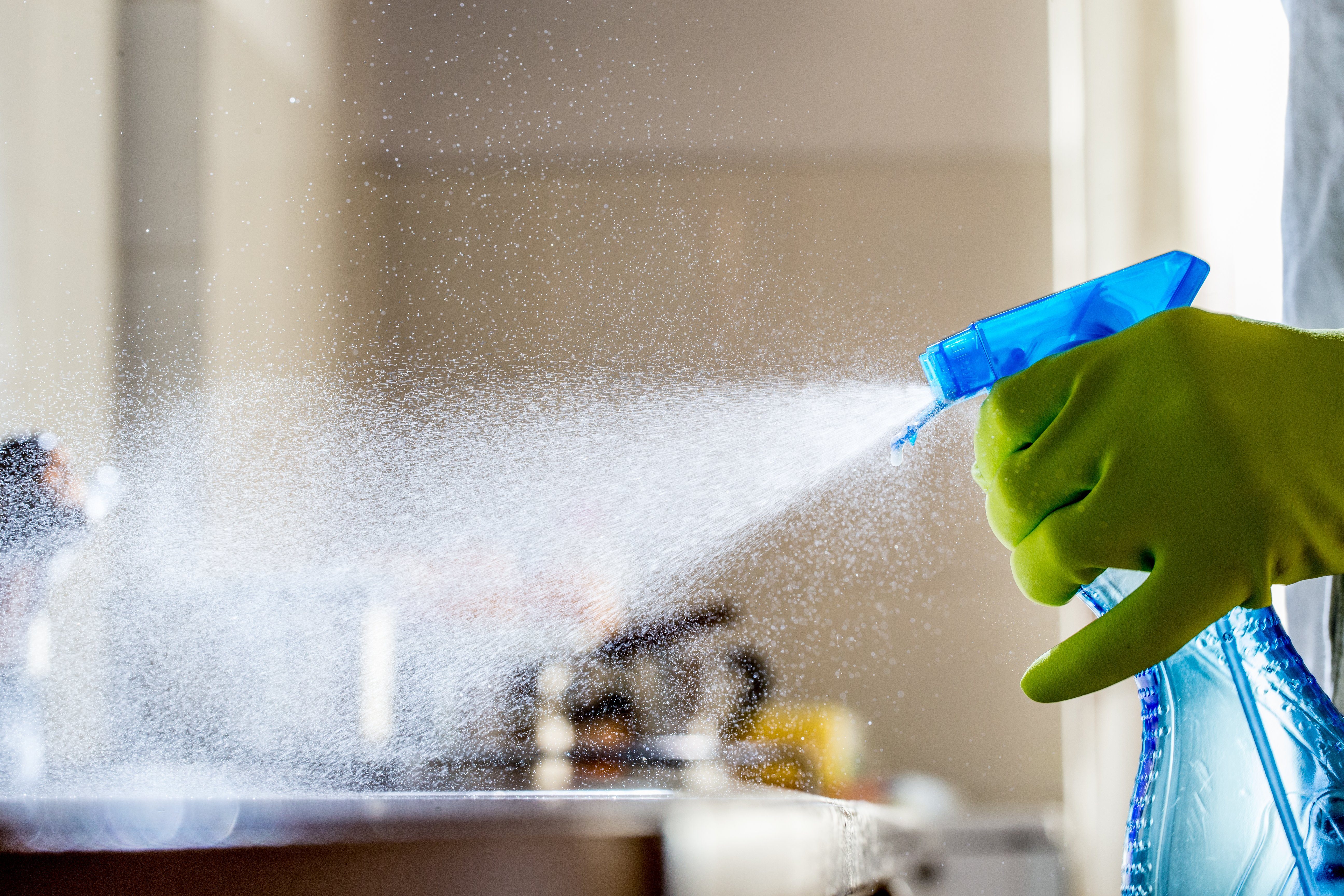
Know how to use disinfectant
Disinfectants can be effective provided they’re used correctly. To make sure a disinfectant works correctly, make sure you mist the surface and wipe it with a microfibre cloth or paper towel. Let the disinfectant sit on the surface for the time listed on the product label. The disinfectant needs time to work and after that time is up, wipe away any residue left.
These are the things you shouldn’t be cleaning with paper towels.
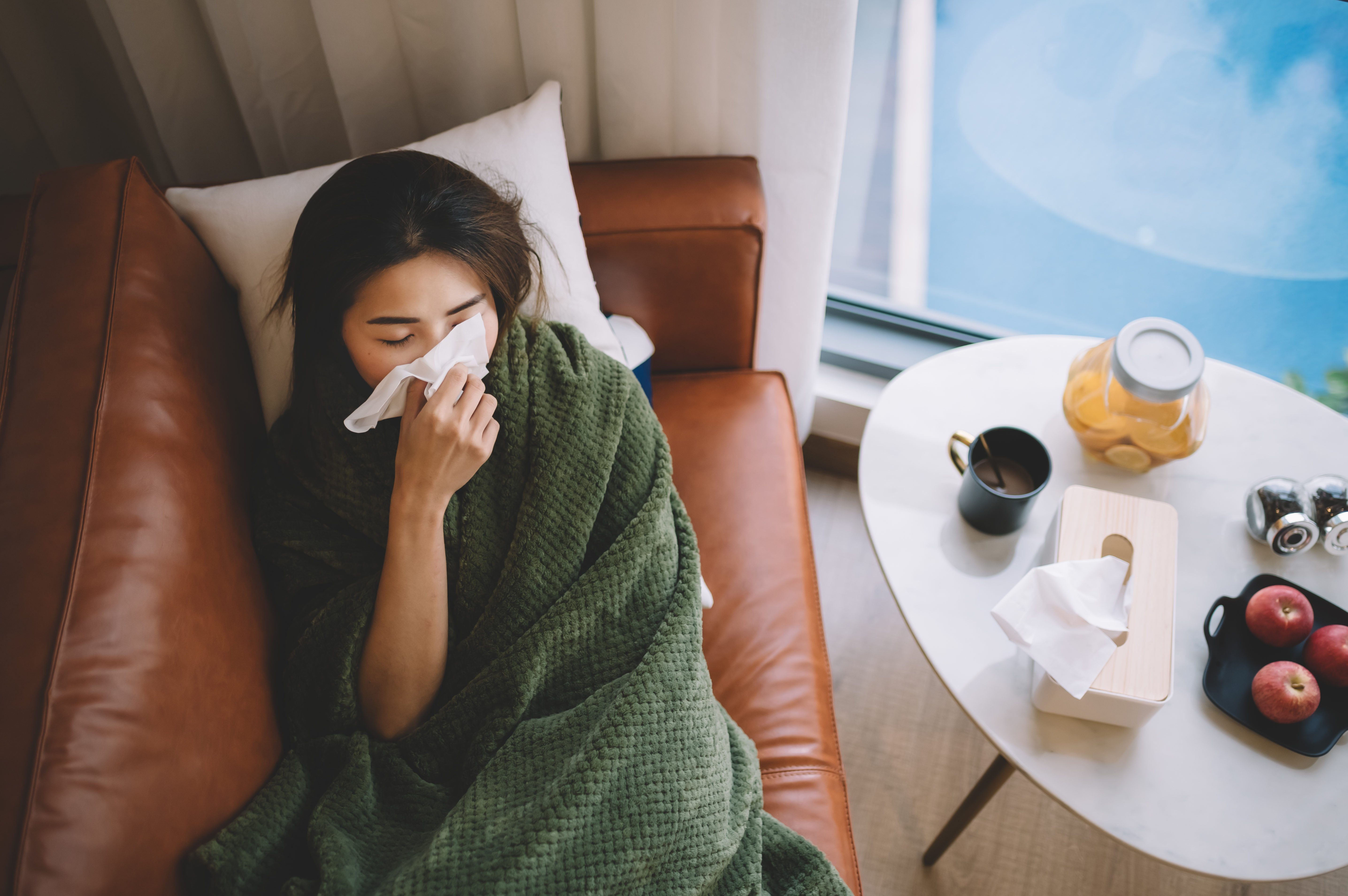
Know what to disinfect
Not only do you need to wipe down surfaces and things that get a lot of use, you’ll also want to wash blankets on the couch that everyone uses and clean bath and hand towels. Disinfect bathroom items like the toothbrush holder and the medicine cabinet.
Consider adding these air-cleaning plants to your home.
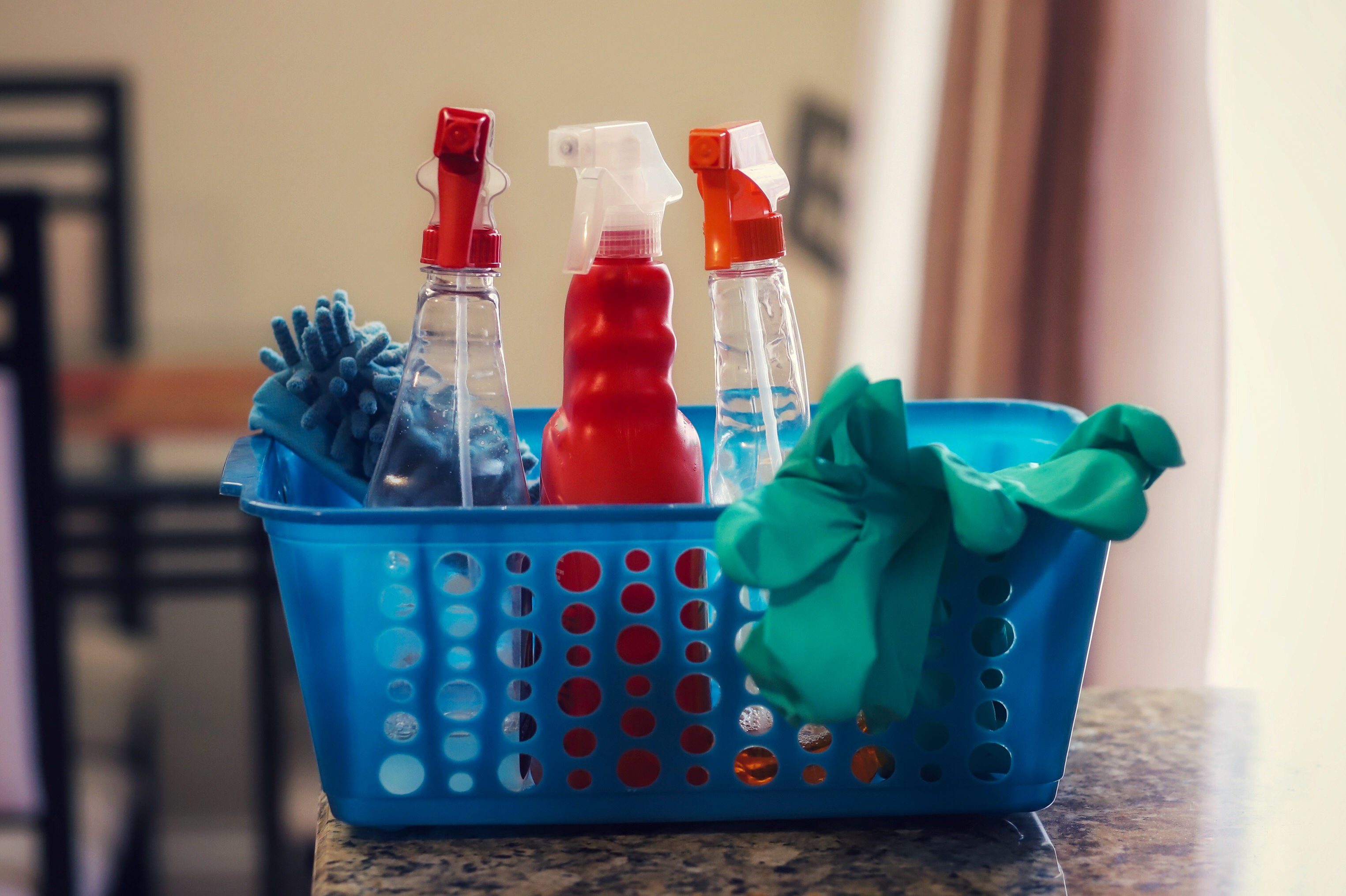
Wash cleaning supplies
Yes, you’ll even want to clean your cleaning supplies too as an additional safeguard to prevent the spread of sickness. Those microfibre clothes you’re using to clean need to be washed in order to continue to be effective in eradicating germs.
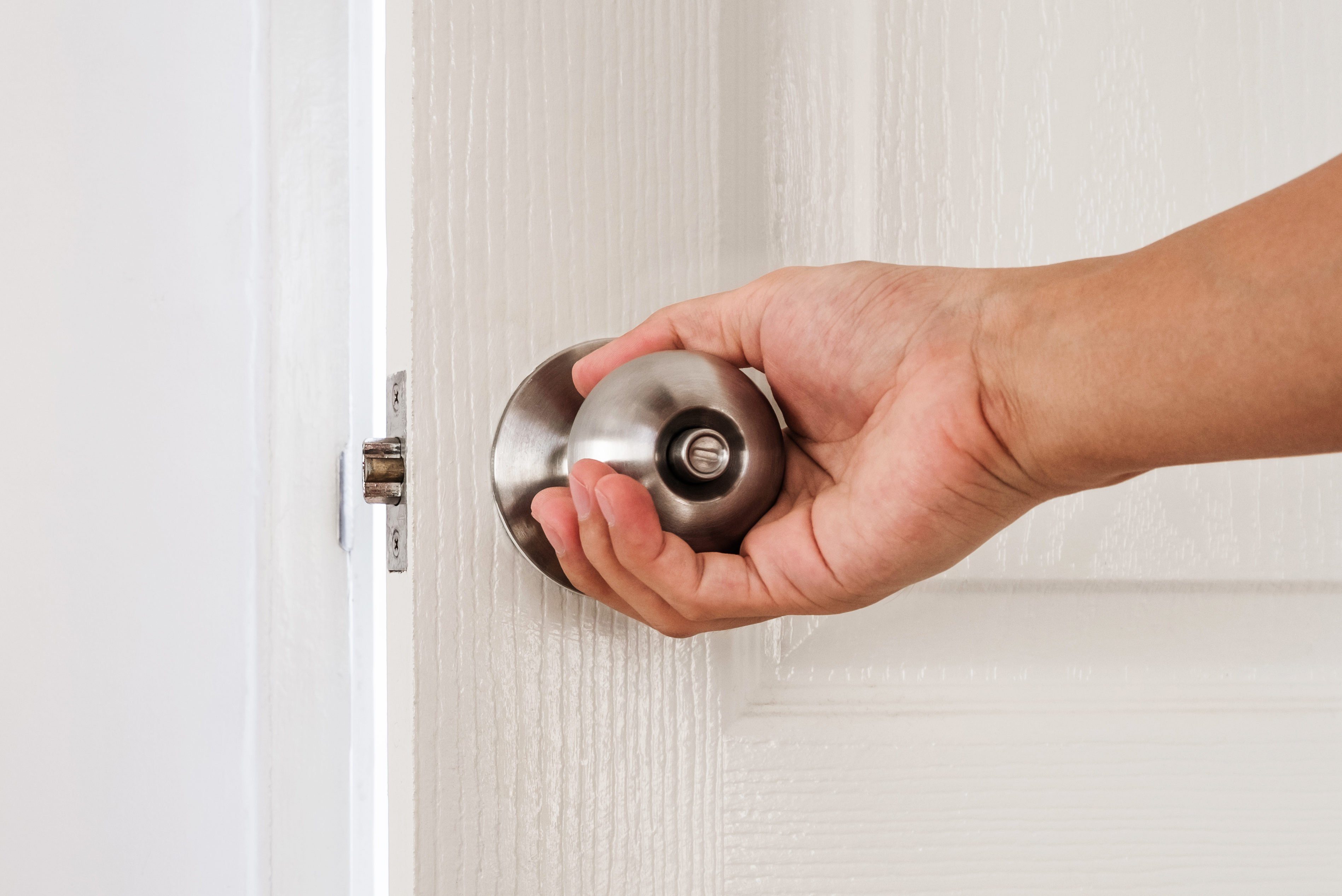
Pay attention to items handled by all family members
It’s important to keep communal areas clean to prevent the spread of germs. Even some personal items like a cell phone should be cleaned. Don’t forget to clean doorknobs and items in the kitchen where everyone tends to grab things.
Psst—there’s only one right way to clean a kitchen sponge.
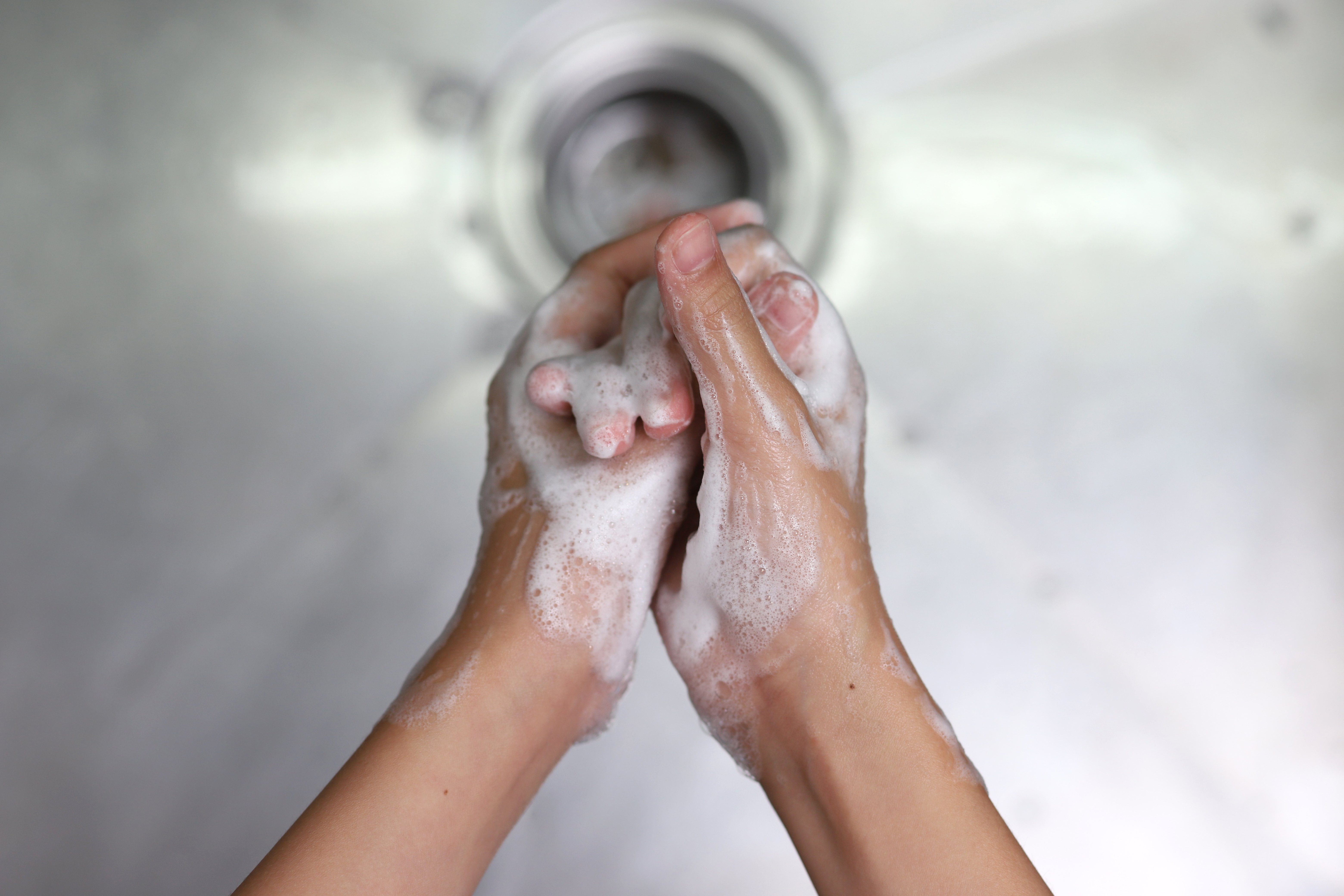
Learn proper handwashing
Proper handwashing is especially important when someone in the house is sick. The CDC recommends people scrub their hands for 20 seconds. A good way to remember how long to wash your hands is to sing the “Happy Birthday” song to yourself while you do it. Not only that, but people shouldn’t share food or drinks with someone who is sick. People should also avoid touching their eyes, nose, and mouth.
Make sure to wash your hands after touching these germ magnets.
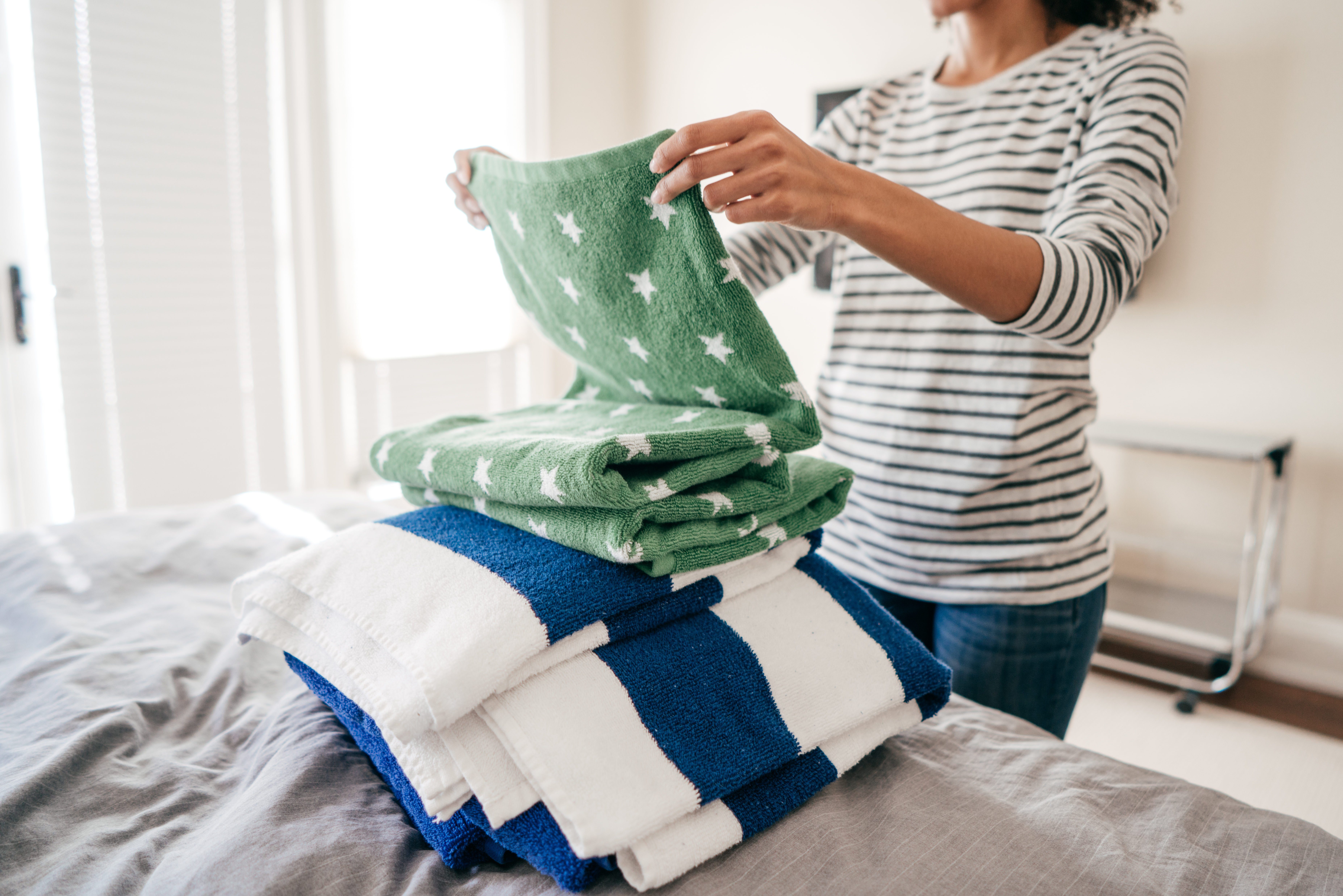
How to disinfect a house after a cold
Even after someone no longer shows cold symptoms, it’s still important to clean to get rid of any lingering germs. That means washing clothing, bedding, and towels around the house, along with continued cleaning of communal areas. Make sure to not keep dirty laundry close to you as you add it to the washer.
Next, learn about the hidden dangers in your home—and how to avoid them.